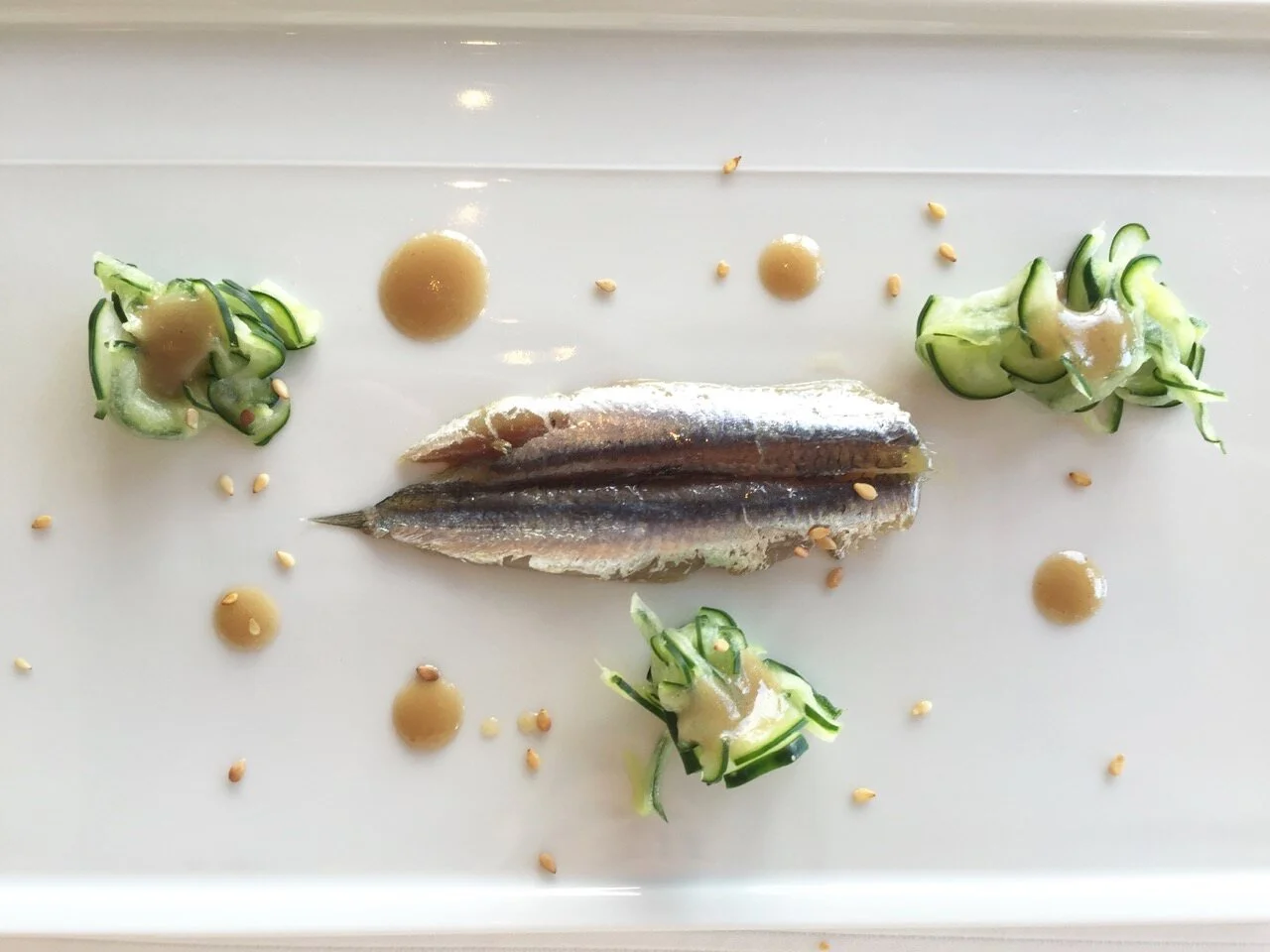Photo: artisanalcheese.com
World Cheese Encyclopedia - Each Sunday learn all about a new cheese.
This week Sbrinz from Switzerland.
Photo: Sbrinz.ch
Country: Switzerland 🇨🇭
Region: Central Switzerland: Lucerne, Schwyz, Unterwald, Zoug, Muri district in d'Argovi
Made from: Cow’s milk
Pasteurised: No
Texture: Hard, dense, flaky
Taste: Butterscotch, nutty, spicy, tangy
Certification: AOC, AOP
Ageing: at least 18 months
Sbrinz is an extra-hard full-fat cheese from central Switzerland. It is sometimes said to be the "Father of Hard Cheeses." It is produced in only 42 dairies and only local cow's milk is used in production.
It comes in large 45 kg wheels and is somewhat similar to Parmigiano Reggiano. The main difference is that it is made with whole milk instead of skimmed milk which gives it a smoother, and nuttier flavour.
Photo: cheesesfromswitzerland.com
It is aged for at least 18 months at which point it is good for slicing. At 24 – 30 months the flavours develop further and it can be crumbled or grated. It can continue to be aged for eight years or more increasing the flavour profile, becoming spicier and more aromatic, and developing a granular texture.
Sbrinz is produced naturally using just milk, salt, and rennet. There are no additives of GMOs used in production and the local breed of brown cattle who produce the milk for Sbrinz are fed exclusively on grass in summer and hay in winter. Each 45 kg wheel of Sbrinz AOP is made from a little more than 600 litres of fresh raw milk.
The milk is heated up in vats while being continuously stirred. Then rennet is added to the hot milk, and later the whey is separated by cutting the mass into equally sized particles with a cheese harp. The mass is then poured into moulds, turned and pressed until no more whey is drained off.
Photo: Mussklprozz CC
The wheels of Sbrinz are then stored in a brine bath for at least 15 days. Next, the cheese is dry-aged and sweated in a gently warmed cellar for 2 months. Finally, the wheels are stored for at least 18 months upright - not horizontally - until ready to be eaten.
You can visit the Sbrinz ageing facility in the cellars of EMMI Schweiz AG part of which is located under the river Reuss, and which was built as long ago as 1926. About 60,000 wheels of Sbrinz are stored here.
History
The Celtic ancestors of the Swiss were making cheese centuries before the birth of Christ and that cheese may have been an ancestor to modern Sbrinz. Some say Sbrinz was first mentioned in 70 AD, others that it is mentioned in contracts dated around 1200, but what is sure is that it is mentioned in documents kept in the state archive in Bern dating from 1530. In the 16th century, cheese was gathered in Brienz for transport to Italy by mule. The name Sbrinz may have been based on the Italian name “lo sbrinzo“.
Photo: Frerejean Frères
Sbrinz first received international legal protection in 1957. In 2001 it received AOC status providing specifications for the processes that must be followed in order for a cheese to be labelled as Sbrinz. In 2013 it received AOP certification (appellation d'origine protégée).
How to enjoy it
Sbrinz is often used instead of Parmesan cheese in Swiss cuisine. It can be sliced with a cheese slicer at 18 months and once aged a little more can be broken into chunks or grated. It is delicious eaten plain or grated into pasta, risotto or other gratin dishes.
It goes very well with a glass of champagne or sparkling cider.
Sources: Sbrinz.ch, cheese.com, Wikipedia, Cheeses from Switzerland, artisanalcheese.com, Frerejean Frères
Have you always dreamed of becoming a better cook? Now you can with our online video cooking classes
































